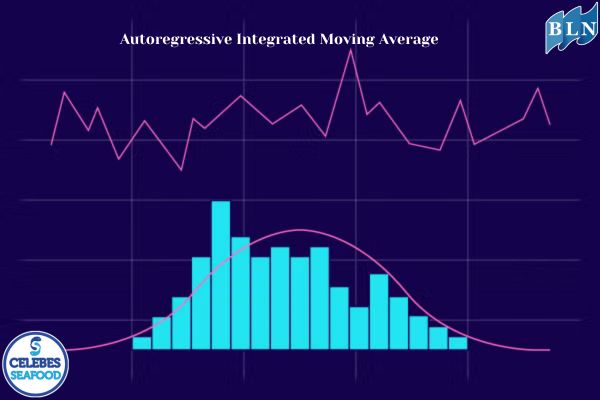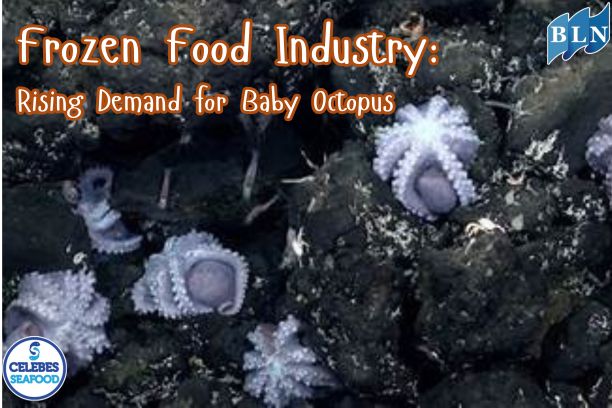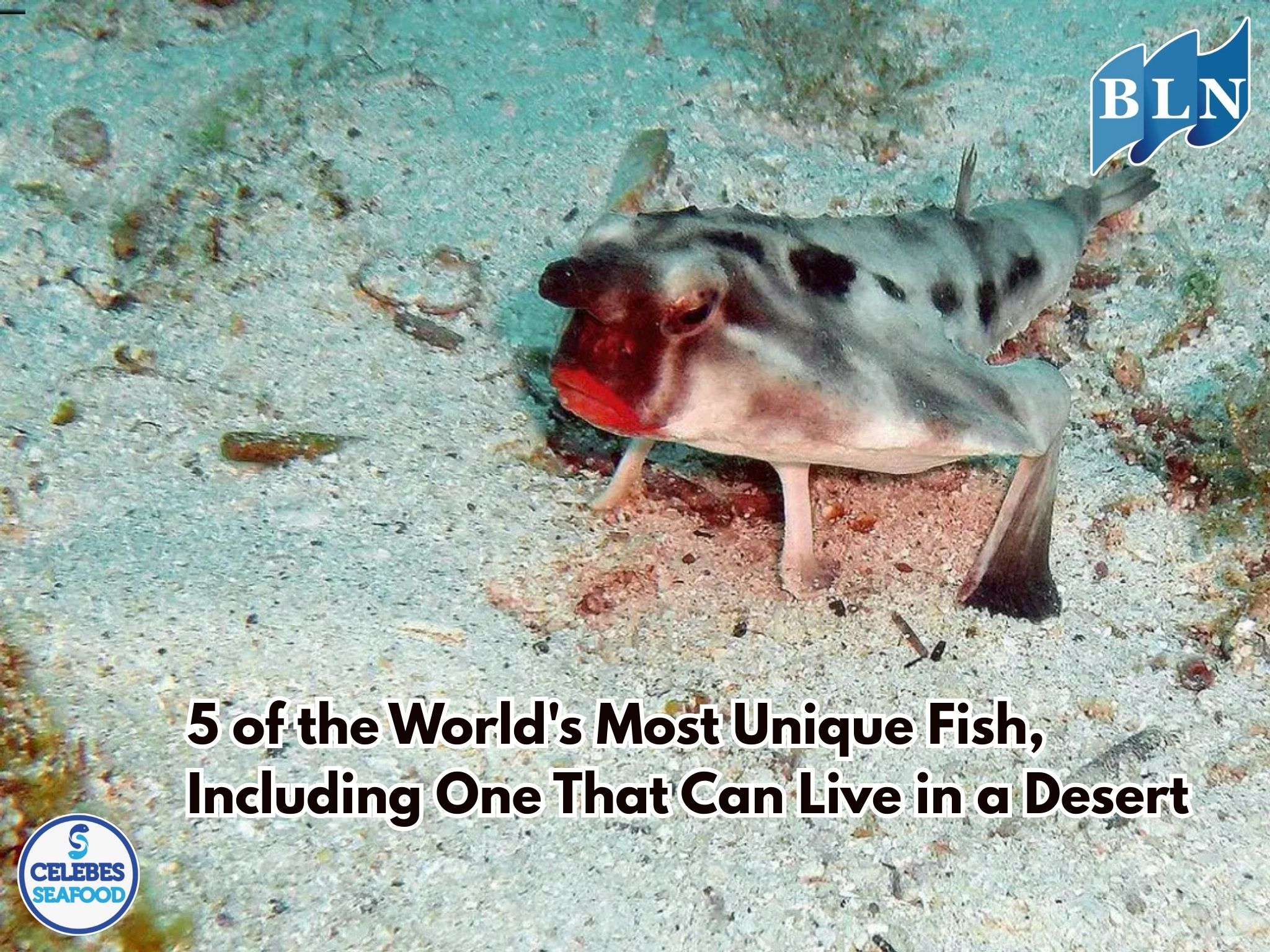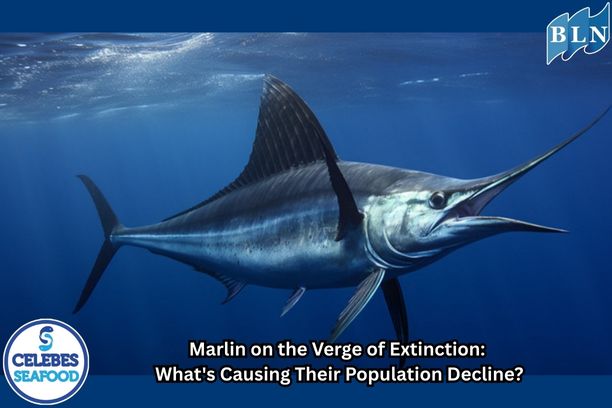Application of ARIMA Model to Support Decision Making in the Fisheries Industry
By. Tri - 19 Apr 2025
lautnusantara.com_ The fisheries industry plays a crucial role in providing food sources, creating jobs, and contributing to the global economy. However, this sector is faced with various challenges, including production fluctuations due to environmental factors, climate change, market dynamics, and government policies. In this context, the ability to make accurate forecasts is very important for stakeholders, from fishermen, processing entrepreneurs, distributors, to the government. One of the forecasting methods that is widely used and proven to be effective is the Autoregressive Integrated Moving Average (ARIMA) model.
The ARIMA model is one of the popular time series model classes because of its ability to analyze and predict univariate time series data. This model is able to capture patterns such as trends, seasonality, and random components in historical data to produce estimates of future values. In the context of the fisheries industry, the ARIMA model can be applied to forecast various important variables, such as:
1. Production and Catch: Predicting the amount of certain fish catches in a certain area or season, helping fishermen and fisheries companies in operational planning and resource allocation.
2. Fish Price: Forecasting fish price fluctuations in the market, allowing business actors to develop better marketing strategies and risk management.
3. Market Demand: Predicting consumer demand for fishery products, helping producers and distributors adjust supply and inventory.
4. Fish Resource Stock: Although more complex and requiring comprehensive data, the ARIMA model can be one of the tools in predicting short-term fish population trends.
How Does the ARIMA Model Support Decision Making?
The forecast information from the ARIMA model can be a strong foundation for more informed and strategic decision making at various levels of the fisheries industry:
1. For Fishermen and Fishermen Groups: Forecasting catches can help them determine the most effective fishing time and location, reduce the risk of losses due to minimal catches, and optimize the use of resources such as fuel and time.
2. For Processing Companies and Exporters: Predictions of fish production and prices allow companies to plan production capacity, raw material purchasing strategies, and set competitive selling prices. Market demand forecasting also helps in determining target markets and export volumes.
3. For Distributors and Retailers: Price and demand forecasting helps in inventory management, determining the right time to buy, and promotional strategies to maximize profits and minimize losses due to market fluctuations.
4. For Government and Regulators: Forecasting fish production and stocks can be the basis for formulating sustainable fisheries management policies, determining fishing quotas, and market interventions to maintain price stability and food availability. The government can also use forecasting to anticipate the impacts of climate change on the fisheries sector and design adaptation measures.
Challenges and Considerations in Implementing ARIMA Models:
Although effective, implementing ARIMA models in the fisheries industry also has several challenges and considerations:
1. Data Quality and Availability: Forecasting accuracy is highly dependent on the quality and availability of relevant and consistent historical data. Often, fisheries data in the field has limitations in terms of quantity, quality, and continuity.
2. Data Volatility: Fisheries data is often very volatile and is influenced by various factors that are difficult to predict, such as extreme weather conditions, fish diseases, and sudden regulatory changes. This can affect forecasting accuracy.
3. Appropriate Model Selection: The process of identifying and selecting the ARIMA model that best fits the data characteristics requires a thorough understanding of statistics and analysis. An inappropriate model can result in less accurate forecasts.
4. Need for Expertise: The development, implementation and interpretation of ARIMA forecasting results require experts who are competent in the fields of statistics and time series analysis.
ARIMA models offer great potential in improving the quality of decision-making at various levels of the fisheries industry. With their ability to analyze historical patterns and predict future trends, these models can help stakeholders plan operations, manage risks, optimize resources and formulate more effective policies. Although there are challenges in their implementation, investment in quality data collection and development of time series analysis capacity will be very beneficial in harnessing the potential of ARIMA models for the sustainability and progress of the fisheries sector. The use of technology and integration of ARIMA models with geographic information systems (GIS) and other external data can also further improve the accuracy and relevance of forecasting results. If you are interested in our product CALAMARI WHOLE ROUND, CUTTLEFISH WHOLE ROUND please do not hesitate to contact us through email and/or whatsapp.





 Biology, Behavior, and Utilization.jpg)


